If you are willing to give oil pastel drawing a chance, this article is for you. I recently received a set of oil pastels as a gift, and given that I have never used oil pastels or any pastels at all for drawing before, I had to do my research and learn as much as I could before I started practicing for myself. This article, however, was delivered to you after my first trial. So you know that I actually put these tips to the test and selected those that worked.
Disclosure: This blog post may contain affiliate links, which means I may receive a commission if you purchase the products I recommend. While purchasing the products I recommend won’t cost you any extra money, they will help me keep this blog up and running. Thank you for your support!
1- Oil pastel drawing supplies for beginners
For your practice, you’re going to need:
A good quality set of oil pastels. You want them to be soft and blendable, not waxy and dry. Make sure you invest in the right art supplies to make your creative sessions fun and worthwhile.
Read this: Do I need to buy expensive art supplies to make great art?
These Sennelier oil pastels are a bit on the pricey side, but worth every penny for real.
Good quality paper. You can use oil pastels on many mediums, such as canvas and wood, as well as paper. Feel free to choose whatever works best for you.
2- What are oil pastels?
Oil pastels come in sticks (mostly) or crayons. They are basically a mix of pigments, waxes, and mineral oils. Oil pastels are a great medium; they offer a similar greasy finish to that of oil paint; they can be applied to multiple surfaces; they have great color intensity; they add texture to the work of art; and they are easily blendable and ideal for larger surfaces.
3- Are oil pastels good alternatives to oil paint?
In my humble opinion, nothing beats paint and a brush. But oil pastels are perfect for beginners, and here’s why: Oil painting requires so much more preparation and a lot more materials than oil pastels. The latter is quick, easy, and does not require any brushes or solvents (As I have mentioned above, you only need the oil pastels and a surface). Therefore, oil pastels are ideal to travel with and make no mess. Oil pastels are also way more affordable than oil paint and its mediums. They also come with the possibility of being scratched off, built up, blended, used to look like wet paint, or used dry.
4- How do you use oil pastels in your art?
Any painting or drawing technique is going to be tricky for a total beginner. How to draw with oil pastels as a beginner and how to blend them is something you need to practice and experiment with before you can move to create your desired artwork. Oil pastels, like every other medium, require some techniques and tips to make the art process easier.
Different oil pastel blending techniques
You can use your fingers of course, but there are less messy and more effective ways to blend oil pastels. My favorite one is stumps or kneaded erasers, and you can use cotton swabs if you have them on hand already. Another great way to blend oil pastels is by using a paintbrush (both soft and stiff brushes work depending on what you want to achieve). Some artists recommended the use of soft leather pieces, fabric, or a paper towel but keep in mind that these may also lift your color.
Blending with Oil
I know you thought about it, And yes it’s possible. You can blend the edges in your oil pastel work using linseed oil or any other oil that you usually use with your oil paint. But make sure you allow it a sufficient drying time.
The overlying technique of oil pastels
Overlaying two colors of oil pastel is like mixing paint. Adding your first color layer of pastel and following up with another layer using a different color will result in a new hue. Make sure you use a primary color for your first layer and keep building layers until you achieve your desired hue.
Using masking tape
Using masking tape will help you create clean, perfect lines and edges. Tape the areas you do not want to draw in. Remove the tape when done and then you can decide if you want to add further details or blend your edges.
The scratch technique or Sgraffito
With your oil pastels, draw several layers of differently colored pastels, making sure that the last one is a dark color. Take a sharp pen or a sculpting tool and scrape your design into the layers of pastels.
Scumbling your oil pastels
This is an easy technique where you can apply scribbles across your paper or canvas using at least two different colors. Take your first color and draw scribbles across your surface, then take your second color and follow the same process. Overlap both colors at various points and continue until you have a unique texture to your artwork.
Tips for oil pastel drawing for beginners
When learning to use oil pastels, it is always good to look for some tips as well as dos and don’ts of your medium. The following tips are ones that I found very helpful in my first experience with oil pastels.
- Oil Pastels could be hard or soft depending on the brand. Make sure you try different ones to find your favorite.
- Temperature does affect the hardness of oil pastels. Make sure you store them properly as heat can make them softer and coldness can make them harder.
- Give it the time it needs; any experimentation is tricky and will take practice for you to develop your skills.
- Different surfaces for different outcomes. I love canvases and wood panels, but you may love paper more.
- You can pre-blend oil pastels (in a palette with a bit of oil just like in oil paint) to see the exact color you will be using.
- Feel free to mix and match your mediums in one artwork.
- Try not to rest your hand on the paper while using the pastels as it will smudge. You can use an artist’s glove or place a piece of folded paper between your hand and the already drawn areas.
- Clean off the oil pastel tips between uses and when blending colors to avoid any muddy hues.
- Oil pastels on paper can be placed in plastic file folder sheets to protect them from smudging. Check out this article: How to preserve a drawing? All methods.
Oil pastel drawing for beginners: the don’ts
- Do not use oil paint varnish to finish off oil pastel drawings. Although they are similar to oil paint, oil pastels contain waxes as well which doesn’t work well with varnish. You’ve been warned.
- To care for your oil pastel drawing, do not store or display your oil pastel artwork at high temperatures because it will smudge.
Enjoy creating <3


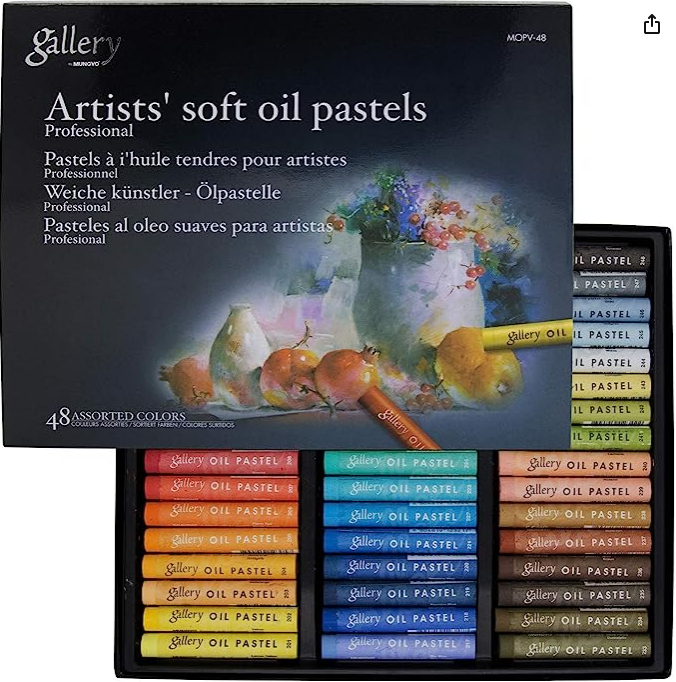
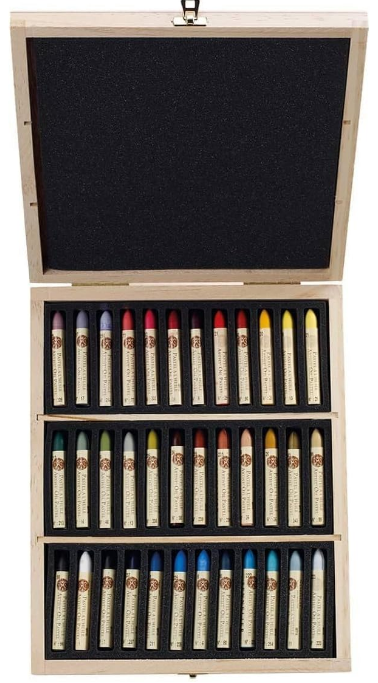
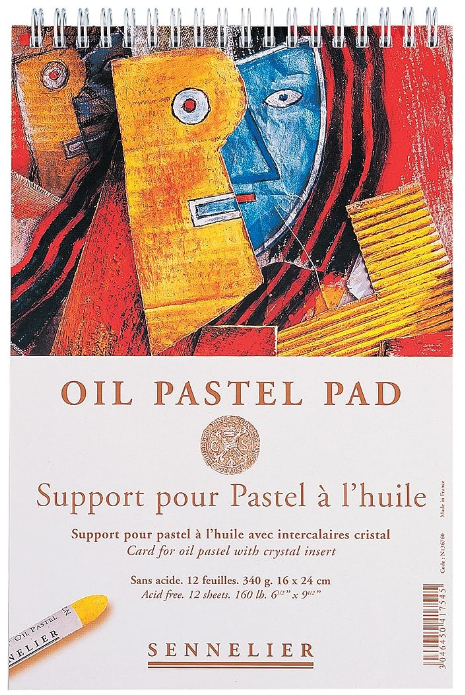
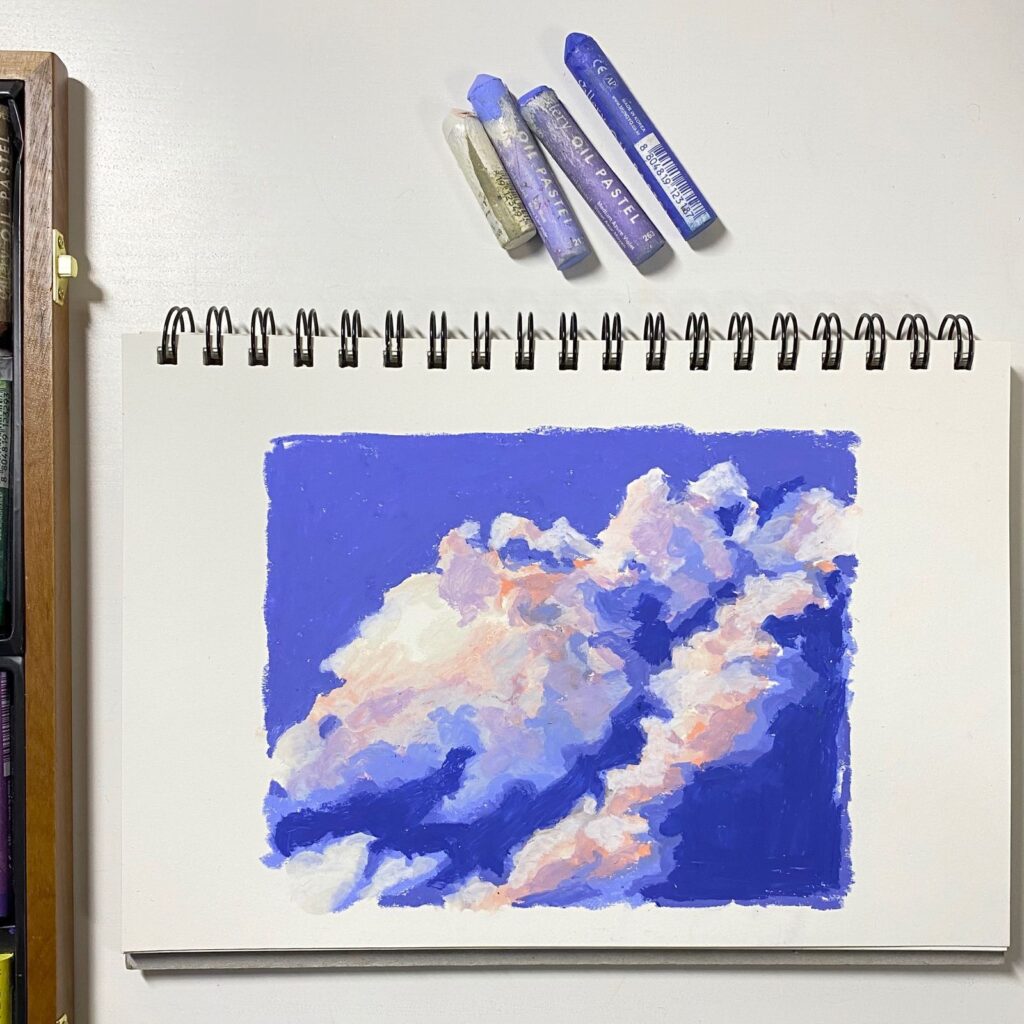
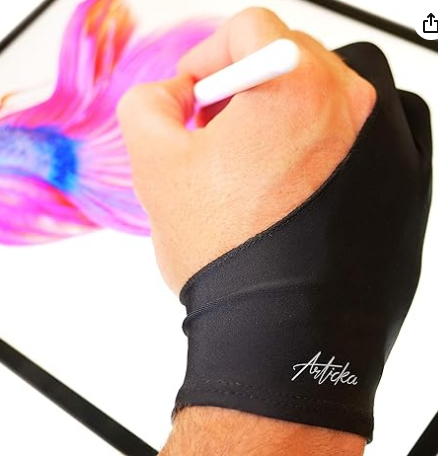

I love drawing with oil pastels, and I agree that Sennelier oil pastels are wonderful. They are soft and the blending is great. My second choice for those on a budget is Mungyo. Only problem with Mungyo is that I don’t think one can buy individual pastels. They’re sold only in a set.